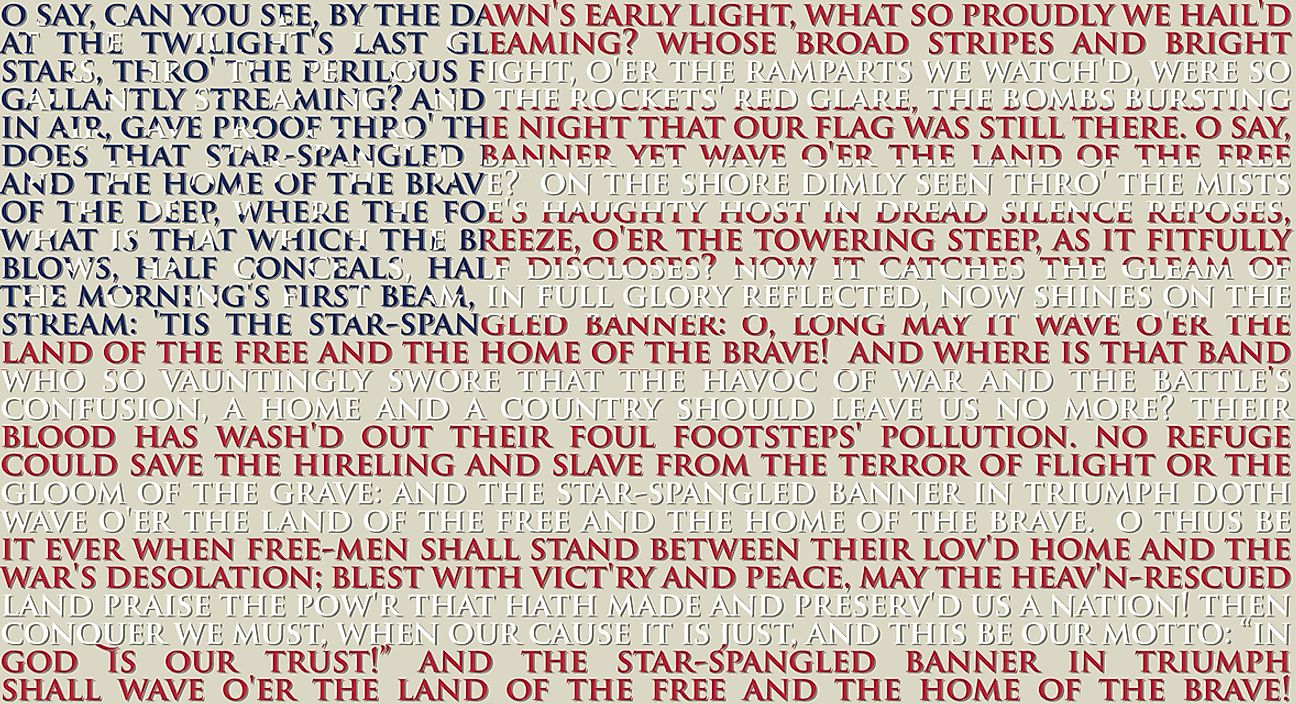What is a Leap Year?

A leap year is a calendar year with an additional day added. This additional day ensures the synchrony between the calendar year and the seasonal/solar/astronomical year. Instead of having the usual 365 days, a leap year has 366 days. This is accounted for in the month of February. In a leap year, February has 29 days, instead of the usual 28. A leap year is added to the calendar every four years.
Why Do We Have Leap Years?
Now that we know the answer to the question “What is a leap year?”, the next question that inevitably arises is “Why do we have leap years?”
To address this question, we first need to know what determines the length of a calendar year in the first place. In the Gregorian calendar, there are 365 days in a year and that is meant to correspond to the period the Earth takes to complete one revolution around the sun (also known as the “solar year”).
However, the issue is that the solar year does not exactly correspond to 365 days. To be precise, the Earth actually takes 365 days, 5 hours, 48 minutes, and 46 seconds to complete one revolution around the sun. This is approximately 365 ¼ days or 365.2422 days. This is to say that the calendar year and the solar year are not completely "in sync" if there are 365 days in every calendar year. Although this slight variation may not seem too significant, the extra quarter days in the solar year would make our calendar fall short of one day behind the solar year after every four years. Hence, a leap day is added every four years to make up for the difference and to keep the seasons and the calendar in sync.
What Would Happen If We Didn’t Have Leap Years?
If we did not have leap years, after one century there would be a difference of 25 days between the calendar year and the solar year.
If the differences were allowed to accumulate, after 100 years, summer would no longer begin in June but start in July - nearly one month later. This situation would arise because the solar year would be 25 days ahead of the calendar year. The seasons and the months would no longer be "in sync". Students would have to wait a month longer to enjoy their summer holidays!
The Problem With the Leap Year Solution
Unfortunately, the solution of a leap year is imperfect. When you look at the figures, it is actually not enough to synchronize the calendar with the solar year.
Why so?
This is because with the addition of a 24-hour day every four years in the calendar, the calendar year would now overshoot the solar year by 11 minutes and 14 seconds every year. This difference can be explained by the fact that the exact length of the solar year that overshoots the calendar year is 5 hours, 48 minutes, and 46 seconds. So, if a leap year is added after every four years, it would add 6 hours every year to the calendar year. This would make the calendar year approximately 11 minutes and 14 seconds longer than the solar year. This means that we now have a longer calendar year than a solar year. If this difference was allowed to grow, after 128 years, the calendar year would end up having an extra day!
Therefore, the leap year rule is not good enough!
Calculations: (5 hours, 48 minutes, and 46 seconds = 20,926 sec; 6 hours = 21,600 sec; Difference: 21,600-20,926 = 674 sec = approx. 11 min 14 sec)
The Next Solution
To rectify the situation, another modification was introduced in the Gregorian calendar way back in the year 1582. Leap years would now be omitted every 400 years. This would help to shorten the calendar year by getting rid of the excess 11 minutes and 14 seconds.
This ingenious correction in the Gregorian calendar appears to be the ultimate solution, right?
But wait, still, the calendar year is half a minute longer than the solar year. At this rate, after nearly 3,300 years, the Gregorian calendar would shift a day from the solar year. For the time being, the issue remains and our future generations will have to figure out how to accommodate this "half a minute" change to keep the calendar year and the seasons in perfect harmony.
Who Invented The Leap Year?
Efforts to make the solar year fit our own yearly calendars have been made since ancient times. Some of the earliest calendars, such as that of the Sumerians used 5,000 years ago, had only 360 days composed of 12 months of 30 days each. Therefore, their year was nearly a week shorter than the solar year. Earlier Egyptians and some other civilizations would use lunar calendars with lunar months having an average duration of 29.5 days.
Such 354-day lunar calendars led the societies that used them to drift well out of time. When Egyptians adopted the 360-day Sumerian calendar, they added five extra days at the year’s end and dedicated these days to festivities. This created a calendar of 365 days. Gradually, the Egyptians developed the concept of the leap year in an attempt to make up for the difference between their calendar year and the solar year and they can be regarded as the "inventors of the leap year."
In another part of the world, the ancient Romans were still using the lunar calendar and would regularly tweak it by adding months or days in an irregular manner in an effort to keep the seasons and the calendar in sync. When Julius Caesar came to power, the Roman calendar had already diverged from the seasons by approximately three months. The inconvenience forced the Romans to think of a solution to the problem. It is then that Caesar adopted the Egyptian system of including a leap day every four years. He first introduced a single year of 445 days to correct the years of drift in one go. The year was named as the Year of Confusion (46 B.C.). Then, he mandated the introduction of the leap year every four years to ensure an average of a 365.25 day-year. It was the Romans who first selected February 29 as the leap day.
Rules For Determining A Leap Year
A year is a leap year if it is divisible by 4. However, a year has to be divisible by both 4 and 400 to be a century leap year. This is especially important when applied to years that can be exactly divided by 100 such as the year 1600, 1700, 1900, and 2000. For example, the year 1700 which is divisible by 4 and is not divisible by 400, was not a leap year while the years 1600 and 2000 which are divisible by both 4 and 400 were century leap years. Centurial leap years always begin on a Saturday with the February 29 of these years always falling on a Tuesday.
Was the Year 2000 a Leap Year?
As mentioned above, the year 2000 was a leap year with 366 days, with February having 29 days instead of the usual 28.
When is the Next Leap Year?
The next leap year will be 2020. The four leap years following 2020 will be 2024, 2028, 2032, and 2036.
The next century leap year will be 2400.
Birthdays On Leap Years
There is a 1 in 1,500 chance of a person being born on February 29. Across the world, 4 million births have been registered on Leap Day including 187,000 births in the United States alone.
For people born on leap days or February 29, the calculation of their age and important dates related to their age becomes a bit complex. For example, one of the questions that arise is: at what age would such persons be eligible to apply for a driver’s license? Would it be February 29 or March 1 if the year they turn 18 is a non-leap year? Such ambiguous questions are decided by laws existing in different areas of the world.



